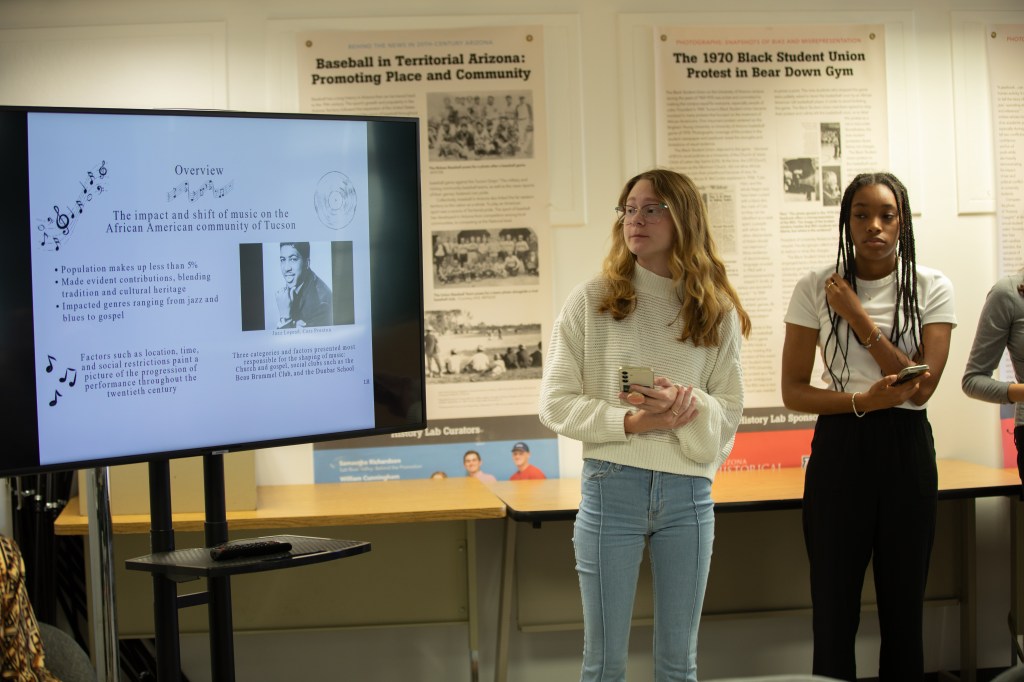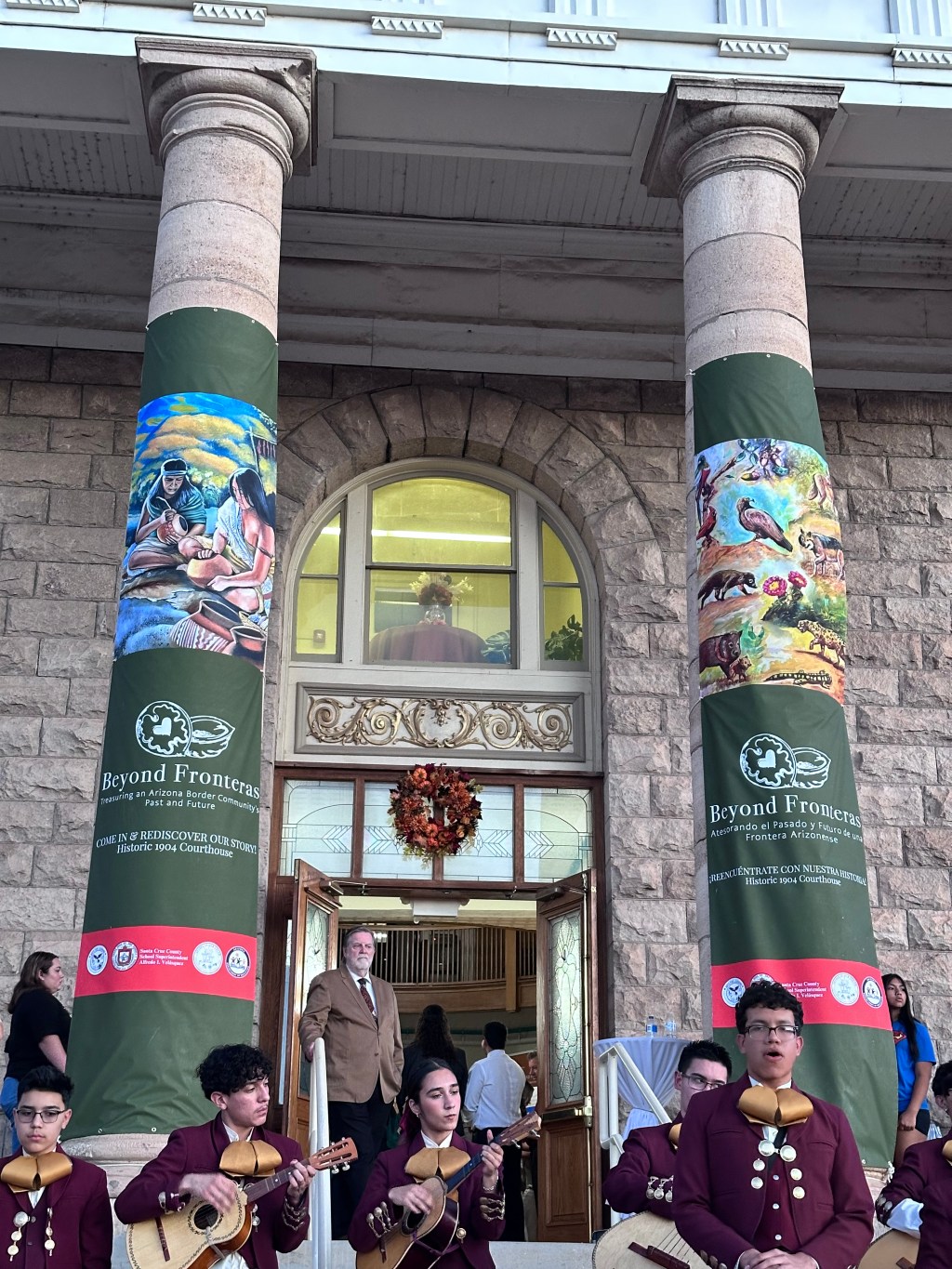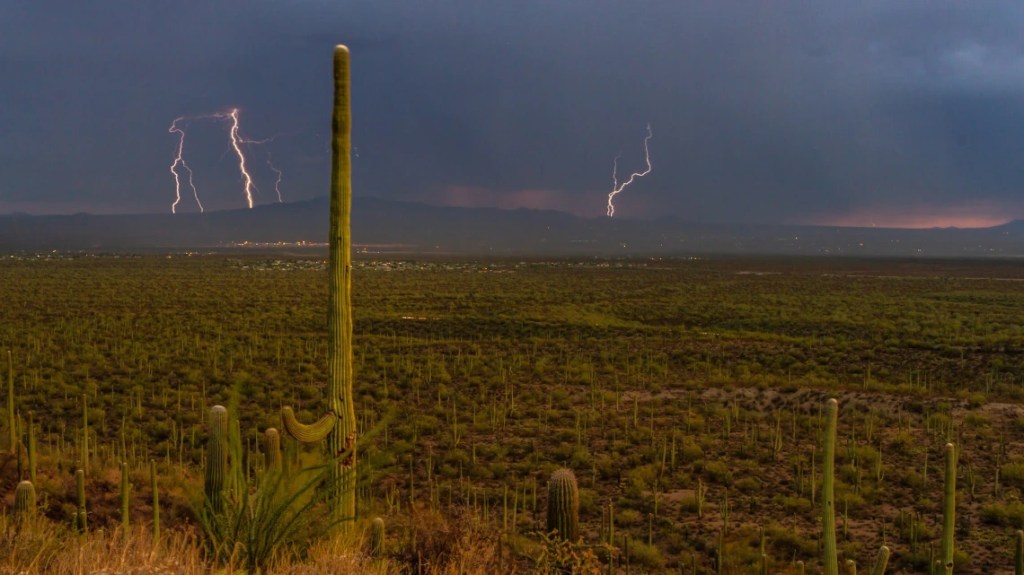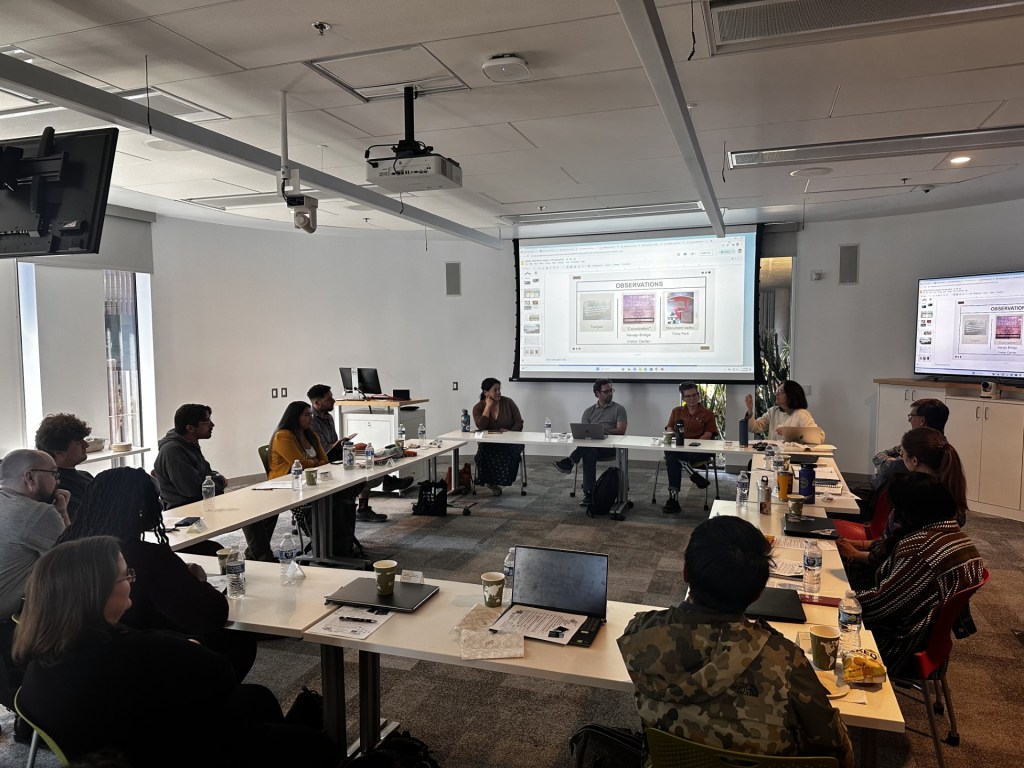snapshots:
a blog for the Public History Collaborative @ the University of Arizona

-
Introducing the Public History Collaborative at The University of Arizona
The Public History Collaborative (PHC) at the University of Arizona was launched in 2019 – admittedly not the most fortuitous time to begin a collaborative, public project. But hindsight is 20/20! In its post-pandemic life, the PHC serves several purposes. First, it is an advocacy hub for all things public that the Department of History…
-
Sounds of History: Folk
By: Michelle K. Berry 1965 was a momentous year in the United States for many reasons. The Delano Grape Boycott began, the Supreme Court case that allowed for contraception in married relationships, Griswold v. Connecticut, was decided, the Voting Rights Act passed, and a Jewish kid from far eastern Minnesota on the banks of Lake…
-

Experiential Learning = high impact and a lot of fun
By: Michelle K. Berry “I just really like classes where I get to do more than take exams.” That was a quote from a student in a General Education course that I taught not long ago. I am proud to be part of a department that offers students opportunities to do just that. Indeed, the…
-

Beyond Fronteras
Public History at Its Best By: Michelle K. Berry Vibrant public history brings communities together and showcases stories that are otherwise difficult to find. These attributes perfectly describe the Beyond Fronteras: The Nogales and Santa Cruz County History Proejct. The project director and coordinator is UArizona’s very own Carlso Parra. Dr. Parra developed Beyond Fronteras…
-

Water Ways: Part 2
By: Michelle K. Berry In April, 2024, the Public History Collaborative and the UNESCO Chair in Environmental History at the University of Arizona, David Pietz, teamed up once again to offer another program. This time, the goal was to bring southern Arizonans together to learn about and consider the history and future of water in…
-

Water Ways: A Program of the UNESCO Chair in Environmental History at the University of Arizona and the Public History Collaborative
By: Michelle K. Berry In the Spring of 2024, the Public History Collaborative hosted two events celebrating the importance of water consciousness in arid spaces, specifically in the American Southwest. The first event was a by- invitation workshop that brought select graduate students from a variety of academic fields together for a day-long conversation on…
-

Sounds of History: Jazz
By Michelle K. Berry To celebrate Black History Month, 2024, the PHC partnered with Hotel Congress and 3 local high school jazz bands to put on a show! The event was inspired by the work of two UArizona scholars, Tyina Steptoe and Derrais Carter. Both work on the power and importance of Black music historically.…
Have questions or ideas for an event or post?
reach out to lead instigator – Michelle K. Berry mkberry@arizona.edu